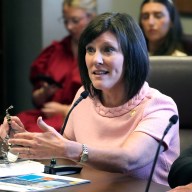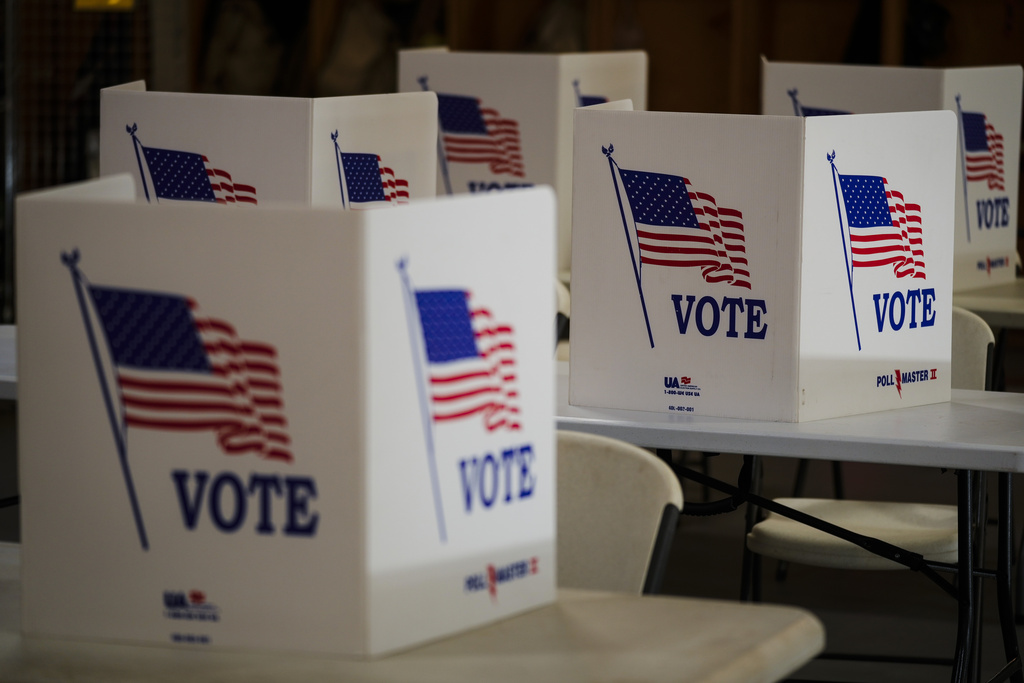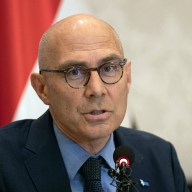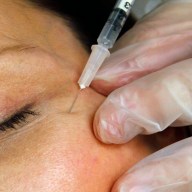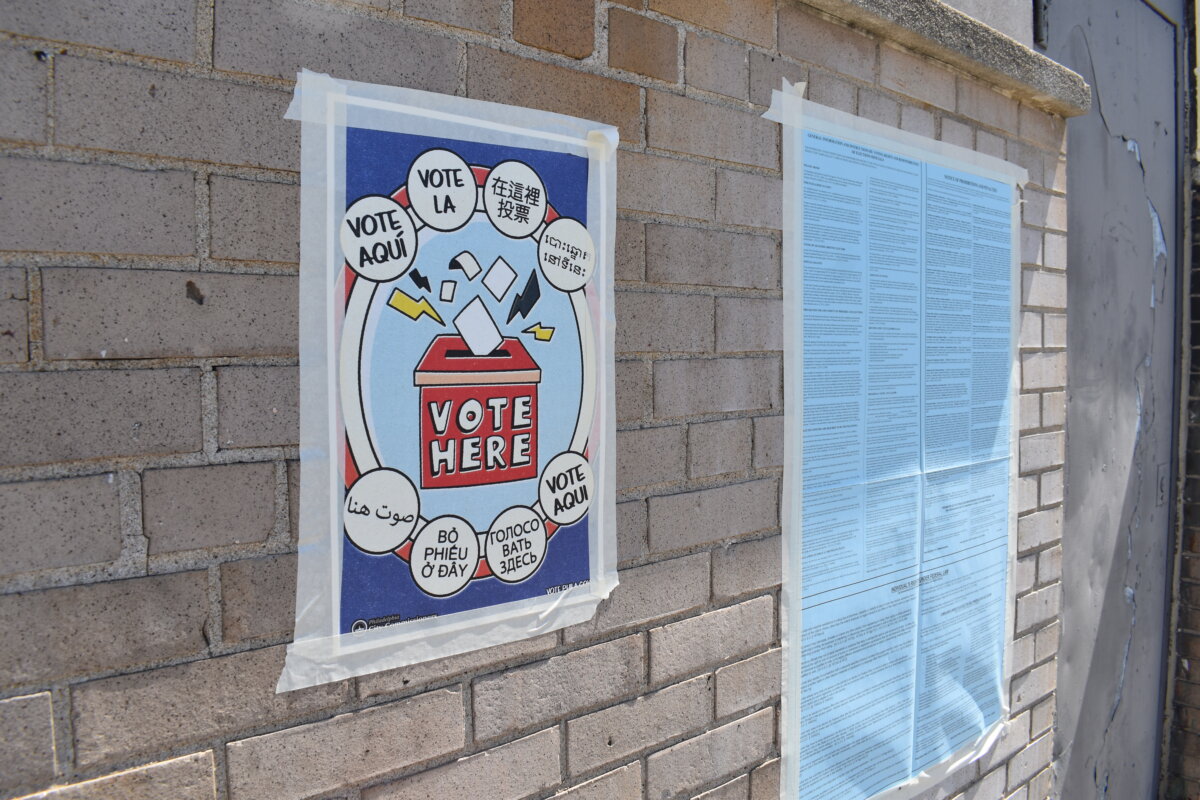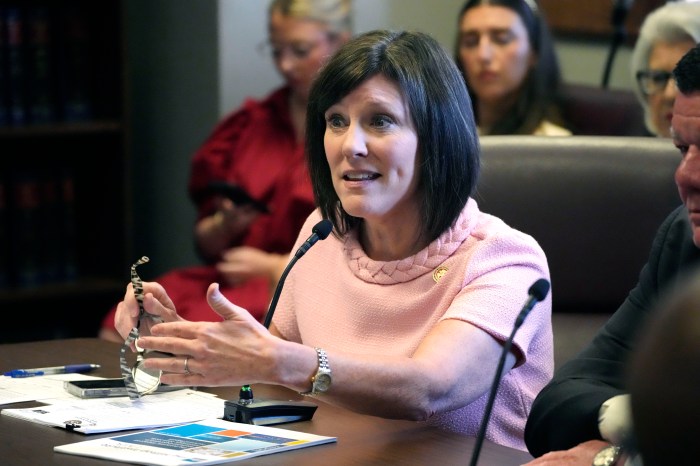 Mike Keane has been a manager at O’Hara’s for over 30 years.
Mike Keane has been a manager at O’Hara’s for over 30 years.
Credit: Miles Dixon, Metro
Though the city has changed dramatically since O’Hara’s opened its doors to FiDi in 1983, the Irish pub and “firefighter bar” (affiliated with the station next door) stays constant.
Mike Keane, the longest-serving of the three managers who operate the local watering hole today, has been there since the beginning. Through the nation’s greatest tragedy, multiple stock market crashes and changing neighborhood demographics, he credits O’Hara’s longevity to one thing: “You still have to eat,” he says.
We asked Keane to tell us a little more about how the area and the people have changed in the Financial District over the past three decades.
Tell us about managing a restaurant in the Financial District for 30 years.
We’ve been here since 1983, and we’ve had our ups and downs. In 1993 there was a fire upstairs that gutted the building — we were closed for six months, had to redo everything inside. After 9/11, we were devastated again, we were closed for six months. On April 1, [2002], we were able to reopen. There was nobody down in the area at that time. But the tourists made a point of coming, our regulars went out of their way to make their way down here. It was steadily getting better, and then the [2008] recession hit. Back to square one. It was a struggle again. About two and a half years ago, they opened up the [Sept. 11 Memorial]. Business finally changed for the better for us.
What was the area like back when you opened?
In ’83 the district was full of bars, all doing business. Back then everybody drank at lunch. And it wasn’t beer. Vodka, scotch — that’s what they’d drink all day long. In ’87 after the crash on Wall Street, that’s when everything really started to change. Now people don’t drink that much; those days are gone. So the tourists are coming and drinking, but the regulars are having a sandwich and soda.
How is business different between pre-9/11 and now?
Basically it was all Wall Street crowd, business workers in the area. There weren’t any tourists. We were closed on weekends, like it was a regular job. After 9/11 things started to come around: It was a mix of tourists and business people. Now the tourist crowd is about 60 percent of the business. The weekends, tourism is 95 percent of the business — so things changed completely since then.
Would you now characterize your former “happy hour joint” as more of a “family pub”?
So many families that come down to the memorial come in with their kids and their parents. We have a nice mix of everything. We have a guy in a suit talking to a guy from Minnesota and a construction guy, it’s a nice mix.
Are there many businesses around from back when you started?
There’s not as many left that were here before, for a number of reasons. For one, the delis: People aren’t going to go out of their way to get a cup of coffee and a sandwich. We’re lucky when new have people go out of their way to go to the bar. It’s just a different dynamic. We were able to hang on. But some of the bars that were just a few blocks away from the site, as time went on, they’re not getting as many tourists.
How do you feel about the new hotel lounges and upscale bars opening now?
It’s not a choice between, “Are we going to O’Hara’s or Morton’s [Steakhouse]?” It’s two completely different animals, so it’s not getting in the way of business. It’s helping bring more people into the area, giving them more options. We’re friendly with all the hotels; they come in after work. People come to them at the concierge, and they say, “O’Hara’s is open, you can watch the game over there.”
Tell me about your regulars — the ones who’ve been coming here for years.
It’s nice. There are people that come back to this place four days a week. They feel comfortable. It’s like having an outside family. They come in and hang out and watch sports for an hour — then get back to work.
Now there are a lot of apartment buildings that weren’t here before.
I guess it was in ’95 they changed the law where you can use residential and commercial in the same space. Before that you couldn’t. I guess they had a lot of empty office space in ‘94, so they were able to put apartments in these old buildings. It’s amazing how many people live down here now. This would be the last place I would want to live right now, with the amount of construction that’s been going on and all the tourists. I’d lose my mind.
What would you say to NYC residents who just don’t make time for the Financial District?
The old thing was that it’s closed up, 11 o’clock everything is shut down here. So it’s changing slowly but surely. We have a later crowd coming in. But you also have a lot of people with families, like in Battery Park City. So we don’t necessarily need a lot of places open at 4 in the morning. We get a lot of guys who have dinner, have business and get out of here.
Is business better for you, now that the recession is getting better?
Tell that to the people who aren’t working! … A place like this isn’t as affected as much. You still have to eat. You might not go out as many times, but you’re still gonna go out and have a drink or two. You won’t go to an upscale place for that $50 steak and $12 martini. So it doesn’t impact us as much as it does those upscale places where people don’t feel right at all.
What do you see for this neighborhood in the next five years?
I think it’s just going to get better when there’s less construction that goes on and more buildings that open up. It’s been going on awhile, but they say it’s going to be unbelievable when it’s done.
Follow T. Michelle Murphy on Twitter: @TMichelleMurphy






